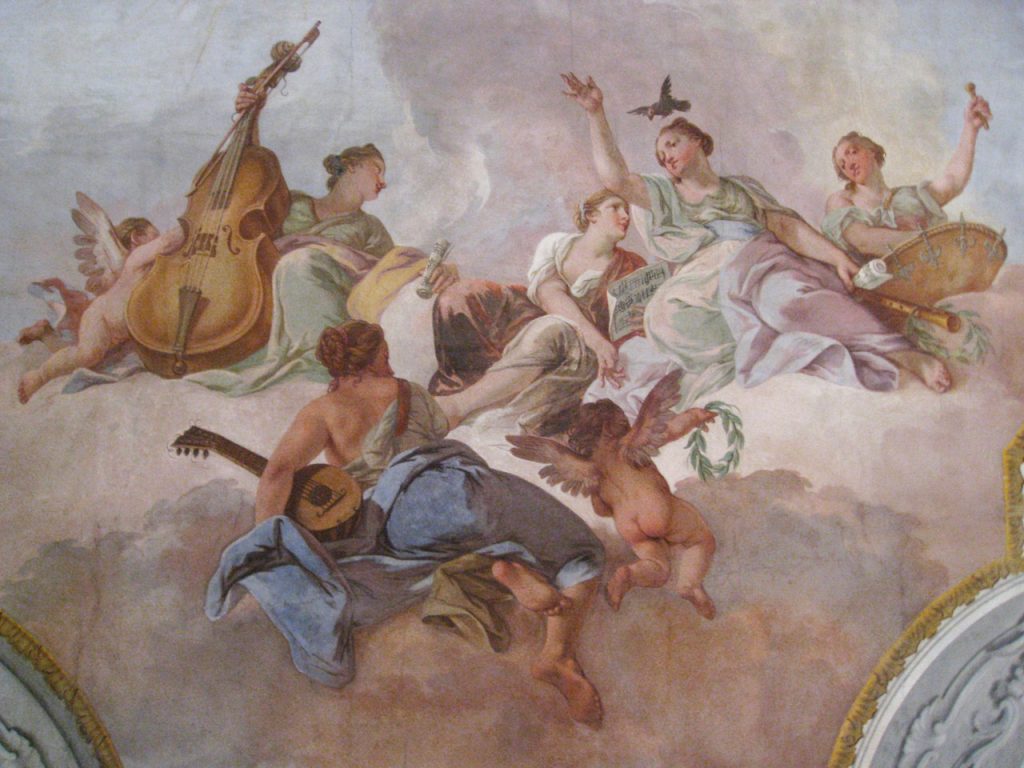
The Venice of Theater and Music
Venice was already considered a city of music at the time of the Renaissance. St. Mark's Basilica was internationally renowned for its polychoral music style in which spatially separated choirs sang in alternation), and it was home to talented conductors and composers such as Claudio Monteverdi, and to organists and composers such as Andrea and Giovanni Gabrieli. The 18th century was also characterized by a kind of „opera fever“. Concerts and performances took place in public theaters, in private palaces, and also in the “Ospedali,” religious institutions where the music was used as a means of education for orphans. Later when the girls' choirs became so celebrated that they attracted visitors and donations even from other European countries, instruction became an important factor in the economy of the institution.
This tour begins in the normally inaccessible small music room of the elegant ‘Ospedaletto’ near San Giovanni e Paolo, where high society of 18th century Venice was entertained by girls’ choirs.
Not far away from the Ospedaletto is the Pietà church. Here the architecture was conceived not only for religious purposes but also to be a concert hall for musical performances by Vivaldi, who had worked in the Ospedale as a teacher of stringed instruments for many years. Inside, we’ll visit the „Cantorie“ (not normally open to visitors), the area where girls would perform. The cantorie also offers a close-up of frescoes by Tiepolo.
Venice’s beloved opera house La Fenice, though rebuilt (for the second time) after the fire of 1996, replicates the previous lavish house , providing some understanding of the 19th century Venetian passion for music by showing the exquisite setting in which it was offered.
For anyone interested in the Italian popular theatre “Commedia dell’Arte” (based on masked characters such as Harlequin, Pantalone and Brighella; later Carnival figures), I recommend a visit to the tiny Center of Theatre Studies and Museum in Ca 'Goldoni (particularly interesting for kids).


